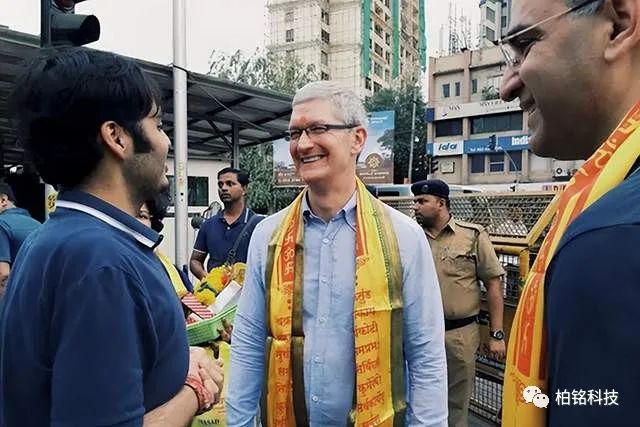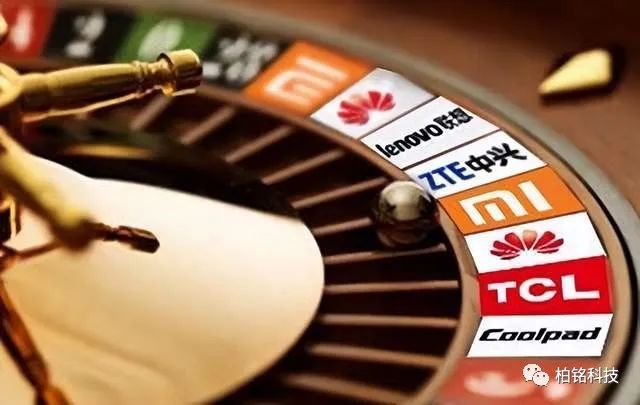Apple is speeding up its departure from China, but from Apple's approach, it can be seen that it is actually very clear that it cannot leave China's manufacturing, so when it pushes for India's manufacturing, it actually does not try its best, and deeply understands that India's manufacturing And the gap between the Indian market and China.

1. Made in India and the gap between the Indian market and China
Although Apple's sales in India will increase by more than 60% in 2022, Apple's revenue from the Indian market will only be more than 6 billion US dollars, which is about one-tenth of the revenue contributed by the Chinese market. It has a super high growth potential, but it is far from being able to compare with the Chinese market.
India’s business environment cannot be compared with that of China. Wistron has only entered India for a few years, but it was targeted by Tata, one of the four major consortiums in India. The previous publicity was that Tata plans to form a joint venture with Wistron. However, recently The news that came out was that Tata asked Wistron to sell a majority stake in a factory to Tata. In contrast, foundries such as Wistron and Foxconn have developed in mainland China for more than 30 years and have not encountered such problems.
Over the years, many foreign-funded companies have encountered in India. At that time, Nokia finally chose to flee the Indian market because of tax issues. Last year, it was reported that India took action against the US e-commerce Amazon. Actions were taken on tax grounds, which shows that India's business environment is far inferior to that of China.

Manufacturing in India is far from comparable to that in China. Foxconn has set up a factory in India for Apple OEMs since 2019. It has only taken more than three years for the factory to grow to 17,000 people. Compared with Zhengzhou Foxconn, which only took two years to complete the construction and Expanding the number of employees to 300,000, such an efficiency gap highlights the huge differences between the two countries.
Finally, there is the well-known industrial chain problem. Apple and Foxconn have failed to cultivate an industrial chain in India for many years. In the end, Apple forced 17 Chinese industrial chain companies to go to India to set up factories. However, the experience of Chinese mobile phone brands in India made them These industrial chain companies are worried. I am afraid that Apple will not be able to reach the perfection of the industrial chain in the Chinese market in another ten years in India.
2. Apple quietly leaves a way for itself
Apple plans to hand over all iPhone 15, the lowest-end product in this year’s iPhone 15 series, to India. However, the other three higher-positioned iPhone 15plus, iPhone 15Pro, and Pro max are still manufactured by foundries in mainland China. This move can be seen Apple still believes that Chinese manufacturing is more reliable.

In fact, this is also the case. Last year, Apple handed over the latest iPhone 14 to India for OEM. However, the iPhone 14 produced by India’s OEM was exposed to quality problems, and the product yield rate was as low as 50%. compared to.
Apple produces the cheapest iPhone 15 in India because the local consumption level is low. Apple hopes to seize the Indian market with the cheapest iPhone 15. After all, manufacturing in India and selling locally can save a lot of taxes, which can also It can be seen that Apple has a clear understanding of the Indian market.
Apple will still hand over the three high-end iPhone 15 models to OEMs in mainland China. This may be because Apple is still showing favor to Chinese consumers, saying that it still values the Chinese market the most. After all, the Chinese market contributes to it. A quarter of the income, and Chinese manufacturing is more reliable and of higher quality.
Apple will also worry that it will encounter Chinese mobile phones and Nokia and other companies in the Indian market, so Apple continues to test the Indian market, but only puts the smallest iPhone 15 in the Indian market, and puts most of the iPhone 15 in the Chinese market , This is also leaving a way out for yourself.

Finally, Apple’s move may still hope to win more preferential measures from mainland China. This is a common method used by foreign-funded enterprises. Foreign-funded enterprises have enjoyed many preferential policies in China for more than 20 years. There are increasingly strong voices demanding that foreign-funded companies and domestic companies enjoy the same treatment in order to conduct fairer market competition. Of course, this is something Apple does not want to see. Enormous pressure.